Type of resources
Available actions
Topics
INSPIRE themes
Provided by
Years
Formats
Representation types
Update frequencies
Service types
Scale
Resolution
-
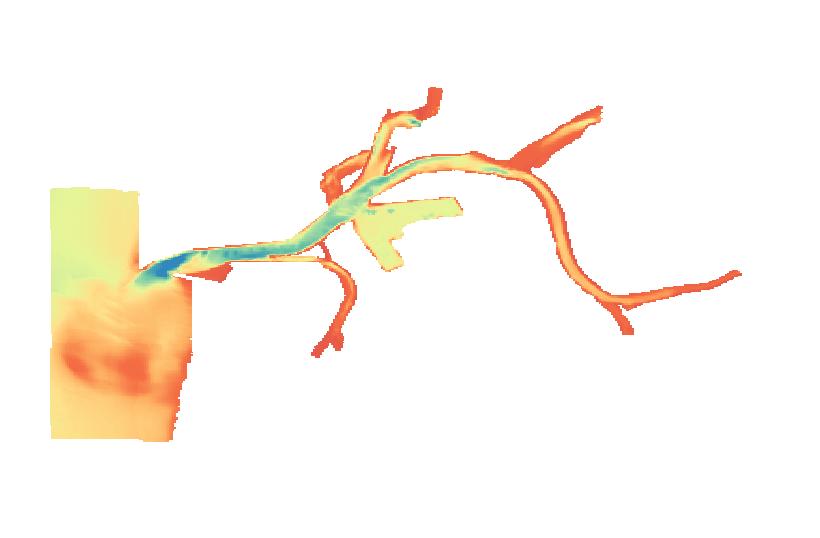
WMS criado com base numa camada de informação matricial gerada a partir de uma malha regular de profundidades, com uma resolução espacial de 25 mts
-
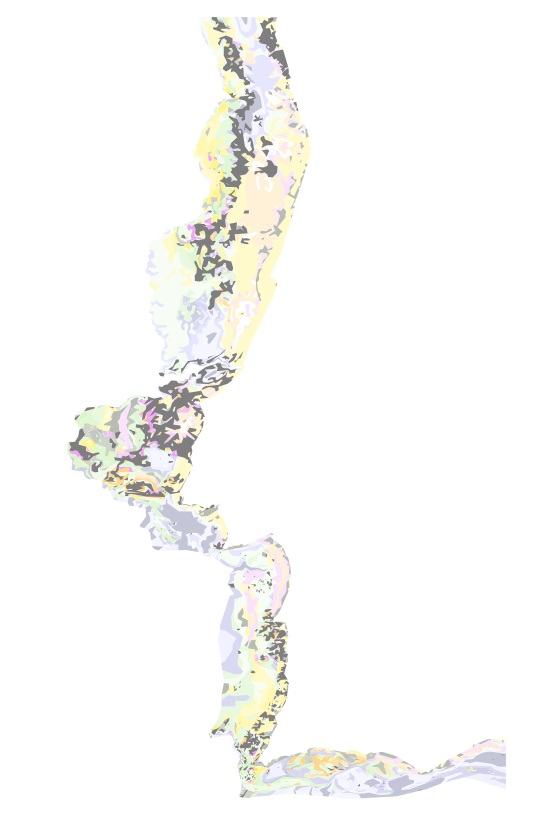
WMS criado com base nas cartas da Série Sedimentológica. A "Carta dos Sedimentos Superficiais da Plataforma Continental Portuguesa" é uma publicação do Instituto Hidrográfico, integralmente financiada pelo Ministério da Defesa Nacional. Esta cartografia, pertencente à “Série Sedimentológica”, é constituída por oito folhas à escala de 1:150000 e respetivas notas explicativas: SED 1 - De Caminha a Espinho (1.ª edição), SED 2 - De Espinho ao Cabo Mondego (1.ª edição), SED 3 - Do Cabo Mondego ao Cabo Carvoeiro (1.ª edição), SED 4 - Do Cabo Carvoeiro ao Cabo da Roca (1.ª edição), SED 5 - Do Cabo da Roca ao Cabo de Sines (1.ª edição), SED 6 - Do Cabo de Sines ao Cabo de S. Vicente (1.ª edição) e SED 7/8 - Do Cabo de S. Vicente ao Rio Guadiana (2.ª edição). À data, todas as oito folhas se encontram publicadas, mas apenas a folha SED 7/8 tem a correspondente nota explicativa produzida e editada. As campanhas oceanográficas realizadas pelo Instituto Hidrográfico no âmbito do Programa SEPLAT possibilitaram a colheita de mais de 12 mil amostras de sedimentos da superfície do fundo marinho ao longo de toda a costa de Portugal continental e até aos 500m de profundidade, segundo uma malha de amostragem regular com 1 milha náutica de espaçamento médio. As amostras de sedimento assim obtidas, depois de processadas no laboratório de sedimentologia do Instituto Hidrográfico, forneceram a informação necessária ao desenho e construção das referidas cartas. A classificação adotada na "Carta dos Sedimentos Superficiais da Plataforma Continental Portuguesa" engloba informação sobre o tamanho das partículas e teor em carbonato de cálcio. O sistema de referência utilizado foi Projeção de Mercator - Elipsoide Internacional - Datum Lisboa.
-
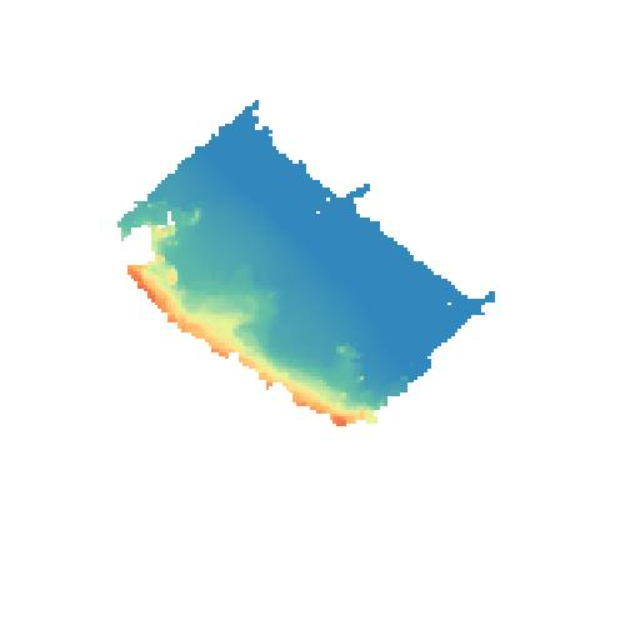
Modelo batimétrico construído com base na informação de sondagem do Instituto Hidrográfico (IH). Ano(s): 2005. Este conjunto de dados integra os Conjuntos de Dados de Elevado Valor/HVD identificados de acordo com o Regulamento de Execução n.º 2023/138 da Diretiva (UE) 2019/1024, relativa aos dados abertos e à reutilização de informações do setor público
-
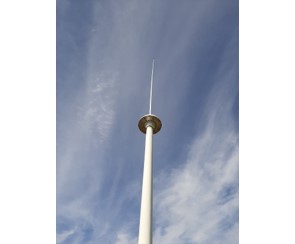
WMS criado com a localização dos radares HF que constituem a Rede de radares costeiros
-

Modelo batimétrico construído com base na informação de sondagem do Instituto Hidrográfico (IH). Ano(s): 2012 Este conjunto de dados integra os Conjuntos de Dados de Elevado Valor/HVD identificados de acordo com o Regulamento de Execução n.º 2023/138 da Diretiva (UE) 2019/1024, relativa aos dados abertos e à reutilização de informações do setor público
-
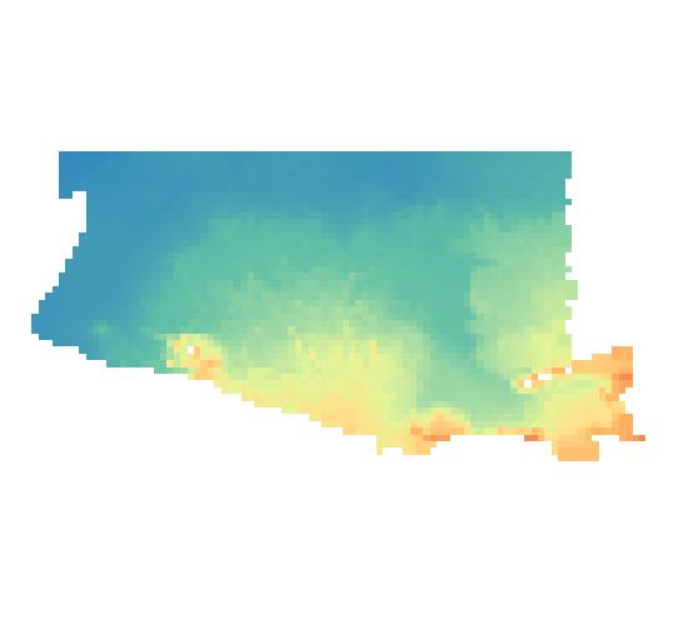
Modelo batimétrico construído com base na informação de sondagem do Instituto Hidrográfico (IH). Ano(s): 2009. Este conjunto de dados integra os Conjuntos de Dados de Elevado Valor/HVD identificados de acordo com o Regulamento de Execução n.º 2023/138 da Diretiva (UE) 2019/1024, relativa aos dados abertos e à reutilização de informações do setor público.
-
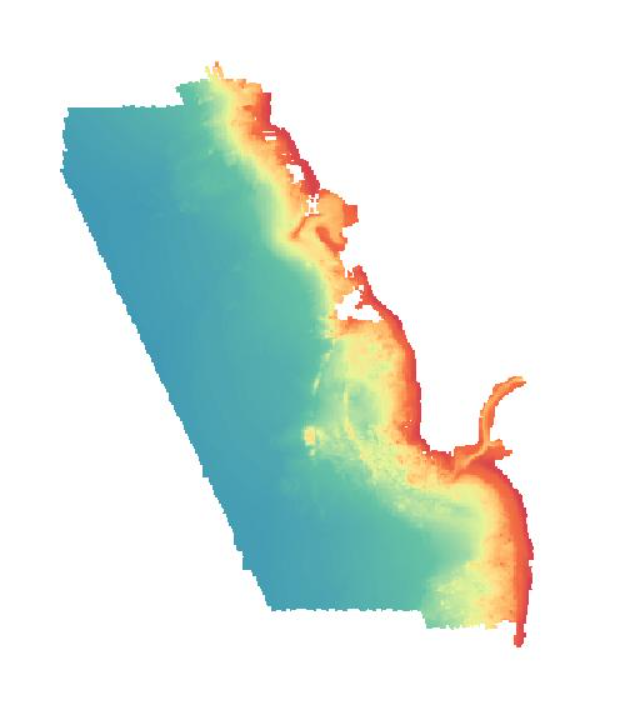
Modelo batimétrico construído com base na informação de sondagem do Instituto Hidrográfico (IH). Ano(s): 2012 Este conjunto de dados integra os Conjuntos de Dados de Elevado Valor/HVD identificados de acordo com o Regulamento de Execução n.º 2023/138 da Diretiva (UE) 2019/1024, relativa aos dados abertos e à reutilização de informações do setor público.
-
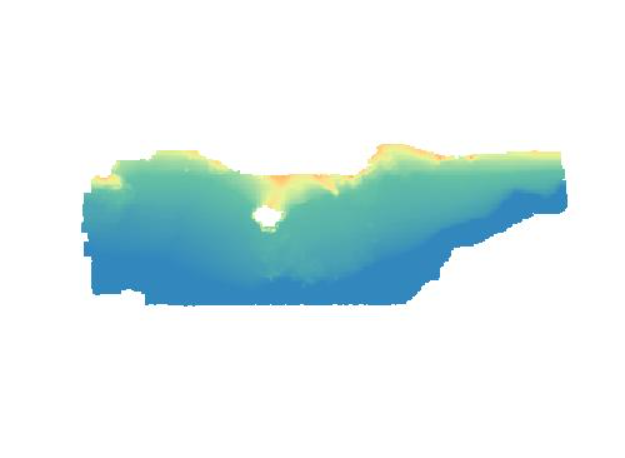
Modelo batimétrico construído com base na informação de sondagem do Instituto Hidrográfico (IH). Ano(s): 2008 Este conjunto de dados integra os Conjuntos de Dados de Elevado Valor/HVD identificados de acordo com o Regulamento de Execução n.º 2023/138 da Diretiva (UE) 2019/1024, relativa aos dados abertos e à reutilização de informações do setor público.
-
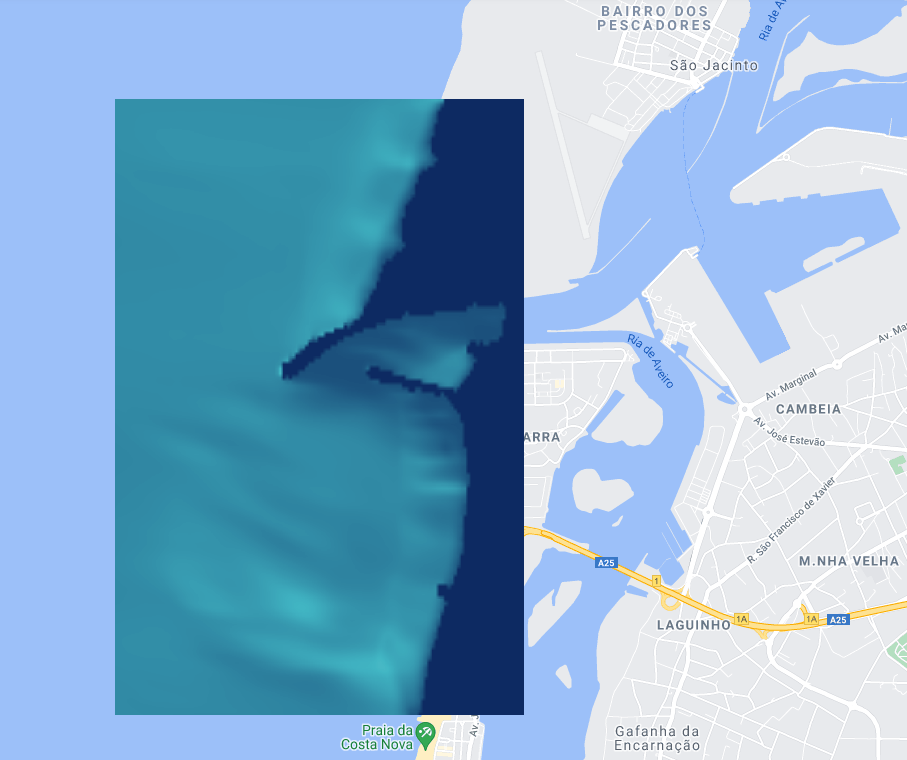
As previsões da agitação marítima são obtidas através de um sistema de modelos encaixados. Smartwave, é um modelo de alta resolução, que tem como condiçoes fronteira os resultados do modelo regional. Diariamente são obtidas previsões a 3 dias, com um passo temporal de 3 horas. para os seguintes parâmetros: altura significativa, periodo e direção predominante da ondulação.
-
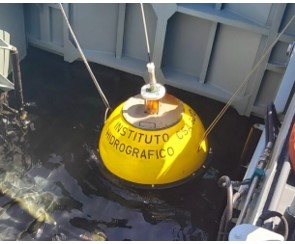
Este Conjunto de Dados Geográficos (CDG) contém a série temporal de observações da boia Datawell Waverider de Faro (CSA/82D), com início em 1986-09-16. São disponibilizadas as seguintes variáveis, com uma periodicidade de 30 minutos: - Altura Significativa (m) – WAVE_HM0 – https://vocab.nerc.ac.uk/collection/P07/current/CFSN0385/ ; - Altura Máxima (m) – WAVE_HMAX – https://vocab.nerc.ac.uk/collection/P07/current/JNQS0CMX/; - Período Médio (s) – WAVE_TM02 – https://vocab.nerc.ac.uk/collection/P07/current/CFV8N75/; - Período de Pico (s) – WAVE_TP – https://vocab.nerc.ac.uk/collection/P07/current/CFV13N31/; - Direcção Média no Período de Pico (º) – WAVE_THTP – https://vocab.nerc.ac.uk/collection/P07/current/I8P5MQ0F/ - Dispersão no Período de Pico (º) – WAVE_SPRTP – https://vocab.nerc.ac.uk/collection/P07/current/X37RPE7M/; - Temperatura da Água (ºC) – SEA_TEMP – http://vocab.nerc.ac.uk/collection/P01/current/TEMPPR01/ As observações em tempo-quase-real encontram-se disponíveis através dos serviços de dados indicados, limitados a um período temporal específico (4 dias). Para aceder à série completa de observações, ou a períodos passados específicos, deve ser endereçado um pedido para cedencia.dados@hidrografico.pt. Citação: Instituto Hidrográfico (2025): Boia Datawell Waverider Faro - Série Temporal de Observações. https://doi.org/10.71683/ee2485eb-bb6a-4d69-ba97-00aa2ce86432
 Hidrográfico+
Hidrográfico+